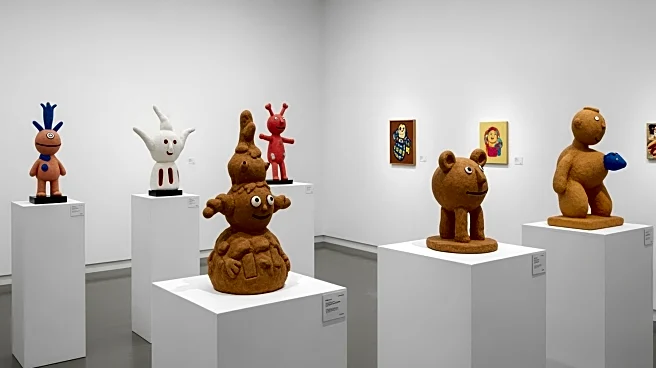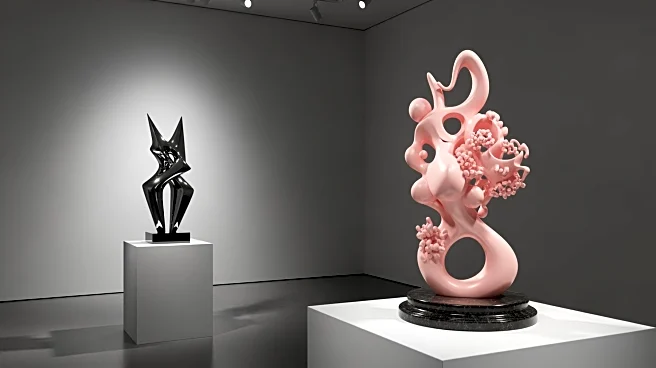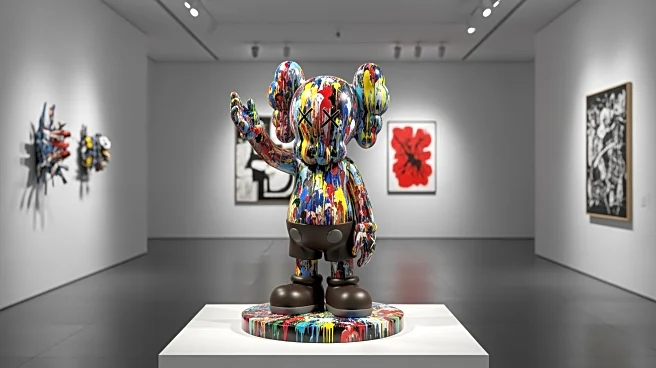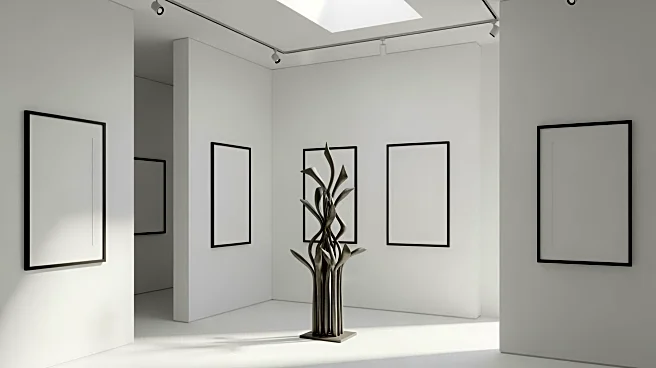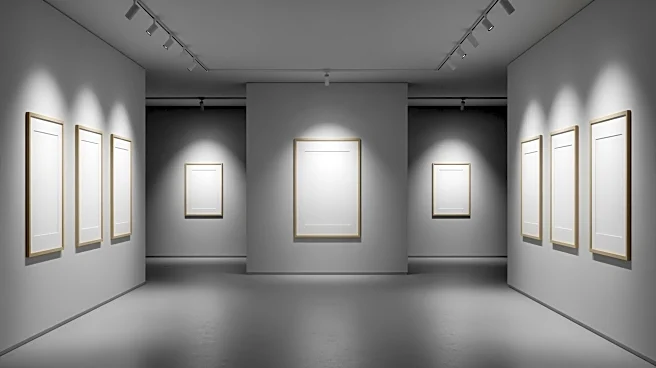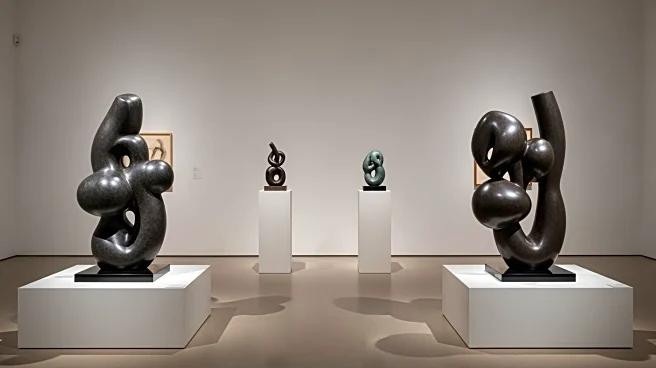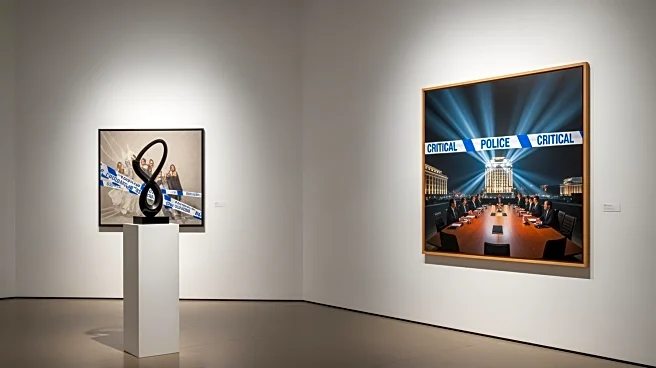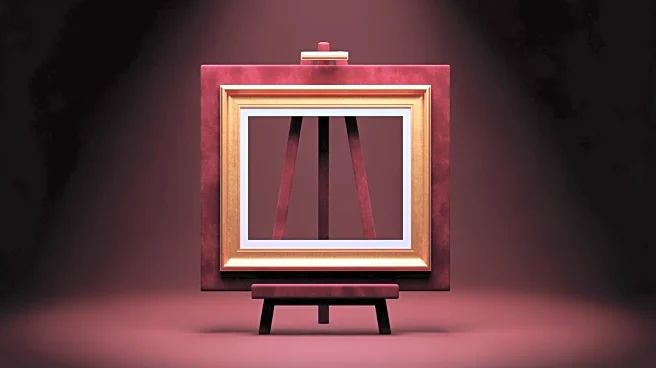What's Happening?
Yoshitomo Nara, a renowned Japanese artist known for his works inspired by the kawaii aesthetic of anime and manga, has transitioned his representation to David Zwirner, a prominent gallery headquartered
in Manhattan. This move comes after a 14-year association with Pace Gallery. David Zwirner plans to host Nara's first solo exhibition in New York at a future date. Nara expressed enthusiasm about working with a gallerist who shares his generational and cultural experiences. Despite the change, Pace Gallery will maintain a relationship with Nara, as confirmed by Marc Glimcher, Pace's president. Nara's works, which include paintings, prints, and sculptures, are highly sought after in both primary and secondary art markets.
Why It's Important?
This transition is significant in the art world as it highlights the dynamic nature of artist-gallery relationships and the competitive landscape of art representation. David Zwirner's acquisition of Nara's representation could enhance the gallery's prestige and influence, given Nara's global recognition and commercial success. For Nara, this move may offer new opportunities for creative expression and market expansion. The decision also underscores the importance of shared cultural and generational experiences in artist-gallerist collaborations. Collectors and art enthusiasts may see shifts in the availability and pricing of Nara's works, impacting the art market's dynamics.
What's Next?
David Zwirner is expected to announce the date for Nara's solo exhibition in New York, which will be a significant event for the gallery and the artist's followers. The art community will be watching closely to see how this new partnership influences Nara's creative output and market presence. Additionally, Pace Gallery's continued relationship with Nara suggests potential future collaborations, which could further enrich the artist's portfolio and market reach.
Beyond the Headlines
Nara's move to David Zwirner may reflect broader trends in the art world, where artists seek representation that aligns with their personal and cultural values. This shift could inspire other artists to reevaluate their gallery affiliations, potentially leading to more fluid and dynamic partnerships in the industry. The collaboration between Nara and Zwirner might also influence the types of exhibitions and projects that galleries pursue, emphasizing cultural resonance and shared experiences.


